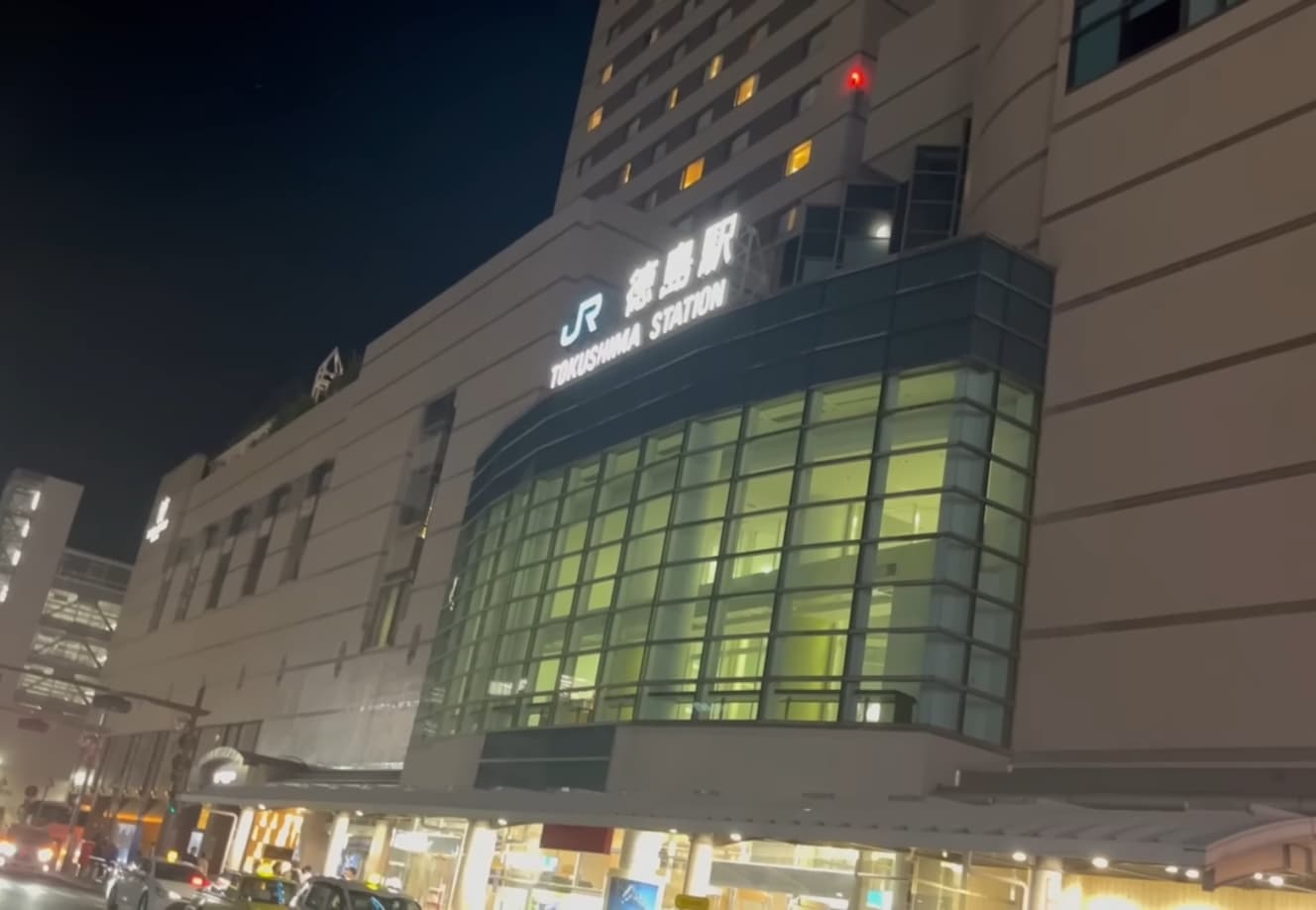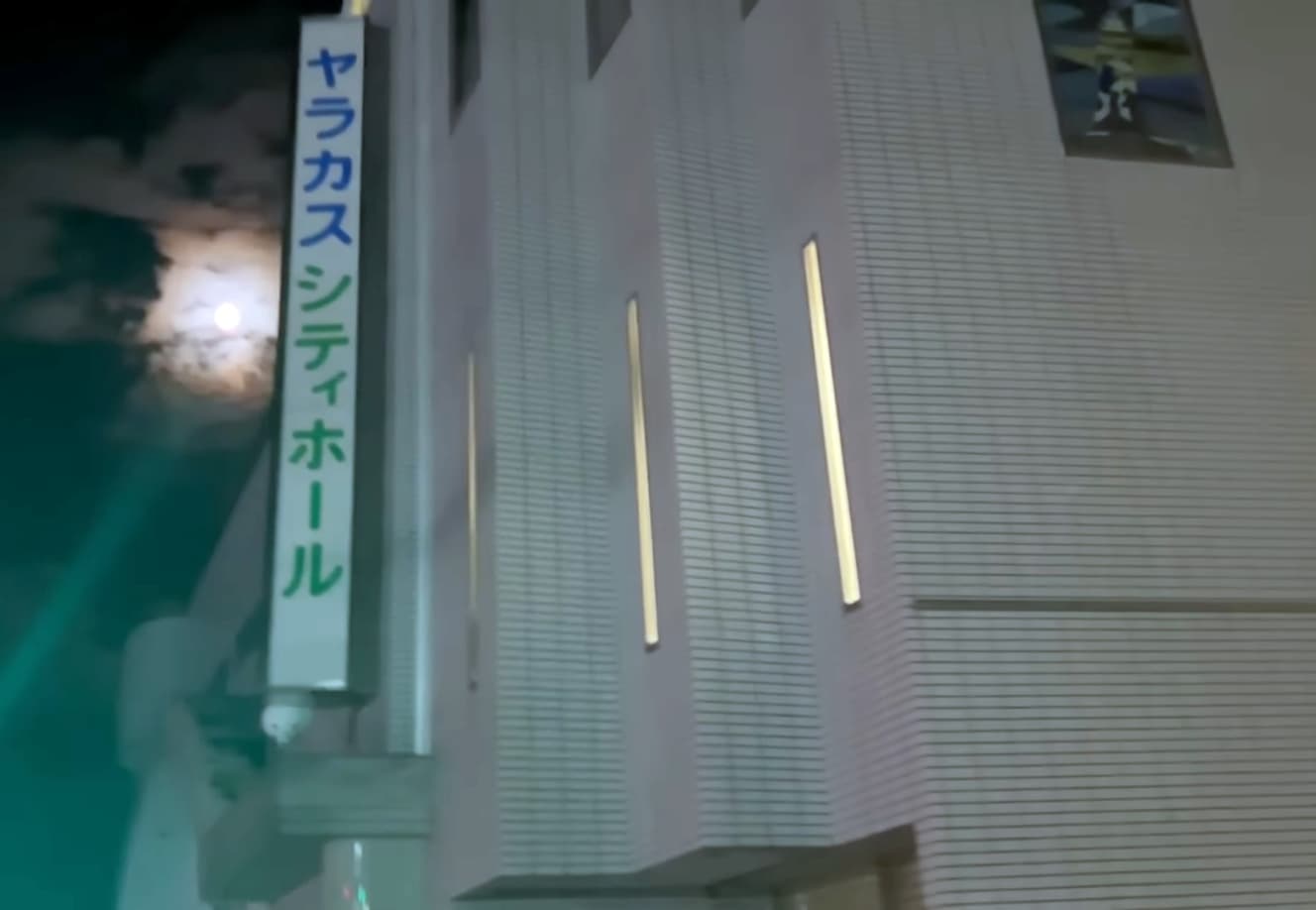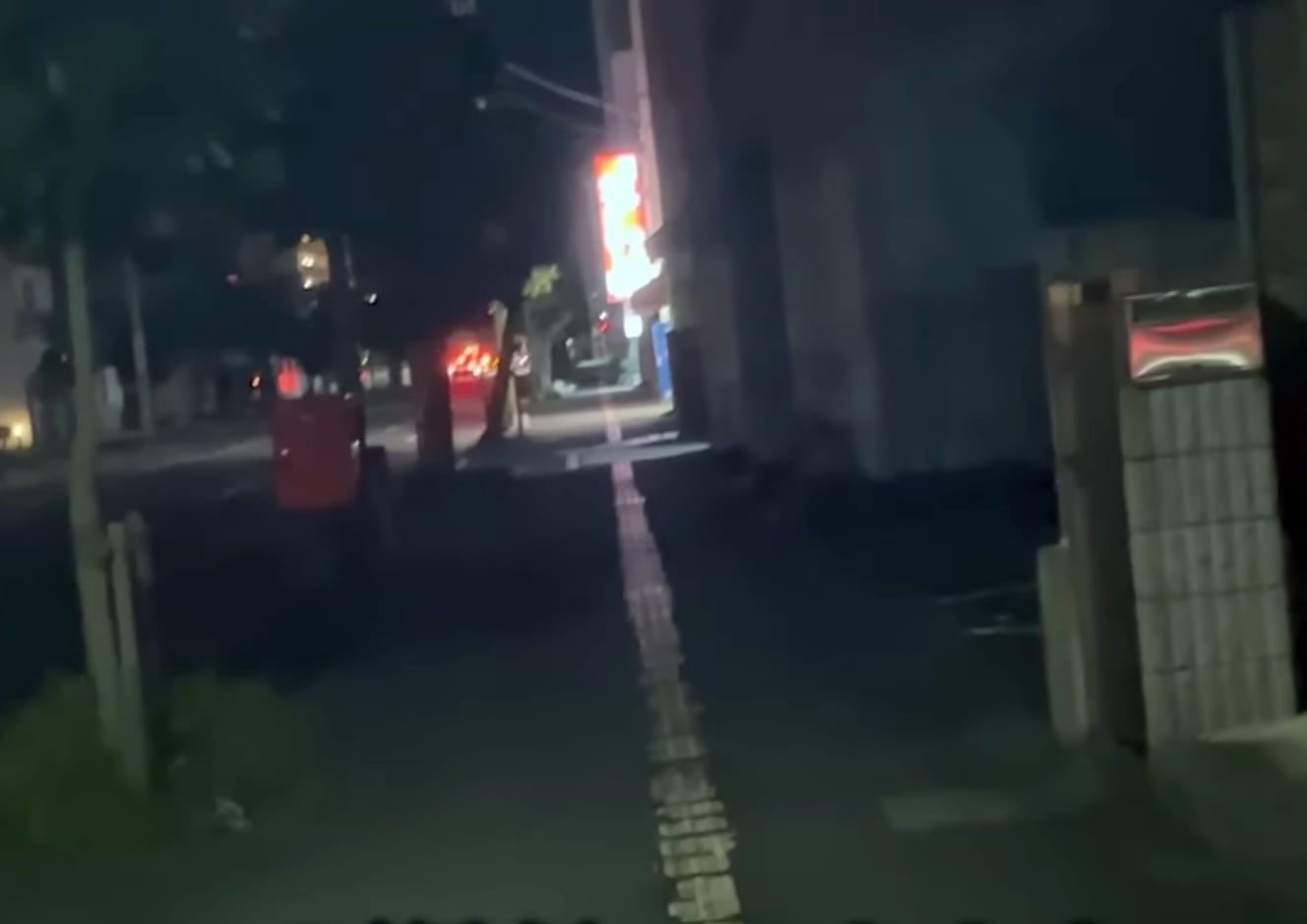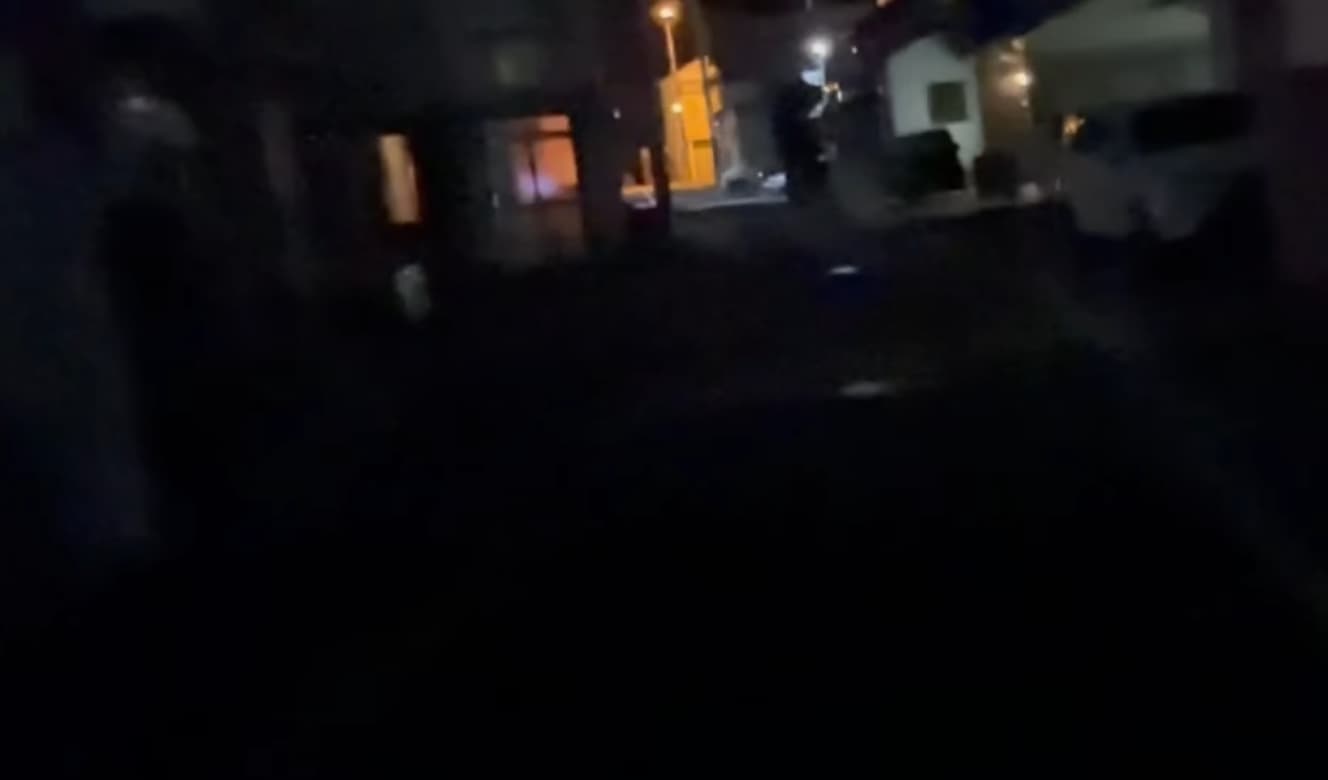Inside Tokushima’s 150-Year-Old Active Brothel: Infiltrating the Hidden World of Panpan Street

Due to the influence of the historical drama Berabou set in Yoshiwara, there has been growing attention on the world of the red-light districts.
The origin of these districts dates back to the time of Toyotomi Hideyoshi, who had them established in Osaka and Kyoto. By the Edo period, they had spread across the country. Even after the abolition of the public prostitution system in 1946, they continued to exist as red-light districts. However, the full enforcement of the Anti-Prostitution Law in April 1958 marked the end of that history.
Some places, like Yoshiwara, transformed into entertainment districts, while others, such as the unique example of Tobita Shinchi, changed their signage to that of a ryotei (traditional Japanese restaurant district) to maintain the atmosphere of the past. Yet, most have disappeared. The YouTuber and underground explorer Pineapple Ura-ch has now infiltrated a still-active red-light district.
Beyond the typical entertainment district
Tokushima City, located in Tokushima Prefecture, has a slightly humble impression, ranking fourth in population among the major cities of Shikoku, behind Matsuyama, Takamatsu, and Kochi. Thanks to the Akashi Kaikyō Bridge and the Ōnaruto Bridge that connect Kobe City to Naruto City, it is about a two-hour drive from Osaka, making it fairly accessible. From Tokyo, it takes about 1 hour and 20 minutes by plane.
Did you know that there is a red-light district in Tokushima that has been in operation for over 150 years?
When you hear the term red-light district, you might think of it as a historical relic. However, in Tokushima, there exists an active red-light district that has remained open, operating almost exactly as it did in the past—same location, same system, and largely unchanged.
The following is a firsthand report of my experience, so if you’re interested, please read on.
In August 2023, after a two-hour train ride from Takamatsu, I arrived in Tokushima. I wasn’t here for sightseeing. I had come as part of a project for my YouTube channel titled “Underground Western Japan Journey with the Seishun 18 Ticket,” where I set out to experience the active red-light district in Tokushima.
When people think of Tokushima’s entertainment districts, they typically refer to the Sakaemachi area. This is where soaplands are lined up, and for 20,000 yen, you can enjoy the services of young, beautiful women. The majority of ordinary men would probably choose this area. But the place I was interested in was on the other side of Sakaemachi, further beyond Tokushima Station, in the Akita-machi area.
Here in Akita-machi, an active red-light district with a long history is still operating. It’s known as the Akita-machi Yūkaku, or “Panpan Street.” The term “Panpan” is a slang term for prostitutes who served the occupying forces after WWII. Interestingly, this slang term has been used directly as the name of the street itself.
There was an eerie tension in the air
This area has been a cultural hub for over 150 years, dating back to 1868. It was temporarily destroyed during the Tokushima air raid in 1945, but after the war, it was revived as a red-light district under the name “Minami Shinchi.” It has been in operation ever since. Despite having suffered war damage, it still retains the strong atmosphere of a pre-war red-light district, even in the Reiwa era.
After 10 p.m., I arrived at my destination, Akita-machi. The landmark was a funeral hall called “Yarakasu City Hall,” and just beyond it lay Akita-machi.
As soon as I stepped into the area, I could feel an eerie tension in the air. It was as if some invisible boundary had been drawn to reject outsiders. The lighting was sparse and dim, almost as if the area were cloaked in darkness.
In the midst of this gloom, I saw a few buildings with doors unnaturally left open. Under the faint light, women were sitting inside. Similar to the “Tobita Shinchi” district in Osaka, women sat at the doorways, but unlike Tobita, they weren’t actively trying to lure in customers. At best, they might offer a slight nod of acknowledgment.
Some women simply stared at me without saying a word, while others sat watching TV without even glancing up when I passed by.
True to its origins as a red-light district, the streets here were unusually wide. A few buildings still bore the architecture typical of red-light districts. Though there’s only one street lined with shops now, in the past, the neighboring street was also known for its “chonnoma” (a term for small, intimate spaces in red-light districts). At its peak, the number of shops here must have been more than double what I saw today. After walking through the area twice, I counted about ten active establishments. I didn’t see a single woman who looked to be in her twenties.
The darkness and strange atmosphere here are unlike anything I’ve experienced before. It’s hard to believe such a hidden gem still exists in Japan.
In the paid version of FRIDAY GOLD, Pineapple Ura-ch shares the details of his firsthand experience inside the shops, recounting what he encountered there.



Interview, writing, and photography: Pineapo Urach